Defence Secretary Sir Michael Fallon has revealed the identity of the two new P-8 Poseidon squadrons.
120 Squadron will form in April 2018 and 201 Squadron will form in 2021.
Fallon said:
“They will be based in RAF Lossiemouth in Morayshire and their names will be 120 Squadron recalling the RAF’s highest scoring anti-submarine unit in World War II. And 201 Squadron named after one of the RAFs oldest formations.
Our nine new Poseidon aircraft are part of our plan to monitor and deal with increased threats to our country. They can operate at long range without refuelling and have the endurance to carry out high and low-level airborne maritime and overland surveillance for extended periods, helping keep us safe.
The P-8A aircraft will allow us to work more closely with our allies, improve our surveillance coverage and will provide value for taxpayers’ money.”
The first two P-8 Poseidon aircraft for the United Kingdom were ordered recently under a $2.2bn contract.
The Chief of the Air Staff, Air Chief Marshal Sir Stephen Hillier said:
“Today is an important milestone in the P-8A Poseidon programme which will bring to the Royal Air Force an unrivalled maritime patrol capability. The advanced state-of-the-art sensors aboard the P-8A will provide global protection to UK, NATO and our Allies’ submarines and warships, and enhance and complement the UK’s standing search and rescue responsibilities.
It is also a great pleasure to welcome back 120 and 201 Squadrons. Both have long and distinguished records serving in the maritime role and together they will help forge the next generation Royal Air Force.”
Boeing was awarded the contract for at least 17 P-8 Poseidon aircraft. The agreement also includes options for 32 additional aircraft, as well as money for long-lead parts for future orders. After exercising all options, the total contract value will be $6.8 billion.
In November 2015, the UK announced its intention to order nine P-8 aircraft as part of the Strategic Defence and Security Review 2015. The aircraft are to be based at RAF Lossiemouth, Scotland and be used to protect the UK’s nuclear deterrent and new aircraft carriers, as well as to perform search-and-rescue and overland reconnaissance missions.
In March 2016, the US State Department approved a proposed Foreign Military Sale to the UK for up to nine P-8 aircraft and associated support, at an estimated cost of $3.2 billion.
The Royal Air Force plans to operate the P-8 with US weapons initially, and possibly transition to British weapons later.
Jamie Burgess, vice president of Boeing Military Aircraft’s Mobility, Surveillance & Engagement division and the P-8 programme manager said:
“The P-8A is a textbook example of Boeing’s commercial derivative expertise. Every day our customers get to fly incredible aircraft that perform exceptionally well and are built by the best of Boeing.”
The US Navy will receive 11 aircraft, while Australia will expand its P-8A fleet with four more.
Manufacture of the British aircraft will be spread across three production lots over a ten-year period, with deliveries commencing in 2019.




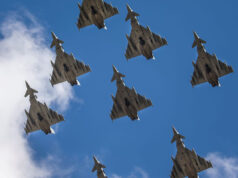

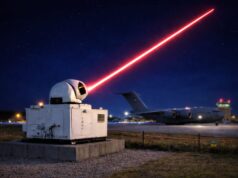
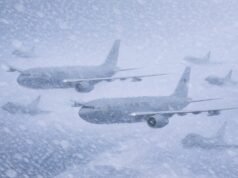
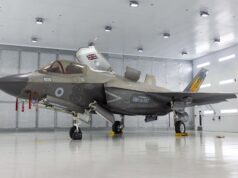
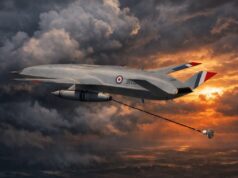
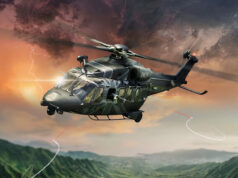



Well no surprises there. 120, 201 and 206 were the old Nimrod units, with, I think, 42(R) Squadron.
9 Aircraft commanded by 2 Wing Commanders ! Well I suppose it could have been worse. Is it only a matter of time before a wing commander is responsible for each and every wing of each and every aircraft ? Don’t laugh it could happen.
SQDR Leaders now command flights but you’re right 2 for 9 aircraft is ridiculous.
Its not about the number of aircraft, but the number of crews per squadron, and the number of people per crew. That is the span of control that you need to consider. Not sure why this is so “ridiculous”; its down one squadron on the plan for Nimrod MRA4 for only 9 aircraft.
10yrs to get 9 aircraft…. seriously???
That’s because the tories scrapped Nimrod MR4 when two were in service and one undergoing engine trials in 2010. Their record on defence and security is, as always, dreadful and subject to ideology rather than needs.
Government oohed and aahed and ermmed until all the decent production slots went to countries with decisive leaders.
Where does it say 10 years? The programme, with no funding at the time, started in 2014 and all aircraft will be delivered by 2022. That, for a complex programme, is pretty fast!
there is talk of ordering a further 7 aircraft